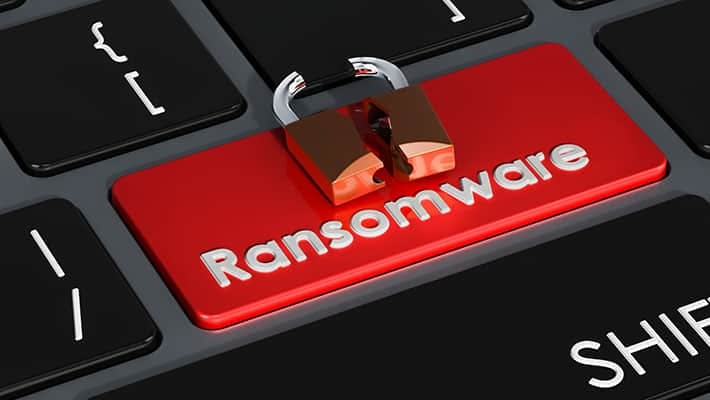Cybercrime is becoming more common in today's world, with cyberattacks becoming more complex and numerous. Dealing with a cybersecurity incident can be a difficult task for many businesses, especially when it involves financial and reputational damage.
The Forbes Tech Council reported a 600% increase in cyber crime as a result of the pandemic, and one of the most prominent attacks was the breach of Twitter in 2020, in which 130 accounts were compromised, including Elon Musk's and Barack Obama's. In the end, more than $100,000 in Bitcoin was carted away through hundreds of transactions.
In reality, small businesses are more susceptible to attacks than they had hoped. In many cases, these businesses lack the necessary technological defenses to ward off attacks or lack the resources to invest heavily in cybersecurity. But being small doesn’t equate to having little financial or resource efficiency in business. Many small businesses handle large sums of money or have large amounts of customer data at their disposal. There is no surprise that small businesses are a lucrative target for hackers since 43 per cent lack any type of cybersecurity defence plan. Small businesses face cybersecurity risks not only from cybercriminals but also from their employees. Below are the top six cybersecurity risks that small businesses face.

Top 6 Cyber Risks Small Businesses Face
- Ransomware Attacks: Ransomware attacks are among the more prevalent cybersecurity threats facing small businesses today. These attacks work by encrypting a company’s data and holding it hostage until a ransom is paid. According to research results, 48 per cent of malicious email attachments are Microsoft Office files, and the average cost of a ransomware attack on a business is $133,000.
Companies often pay these ransoms because they don’t have the time or resources to recover from a ransomware attack.
Phishing: Phishing is the biggest and most popular cyber threat facing businesses today. These scams work by tricking a user into providing their personal information by sending an email that appears to be from a trusted source or website. Companies aren’t immune from these scams. In one cyber attack, the hacker accessed sensitive information about over 20,000 employees of a federal agency by posing as company executives and sending an email with malware attached
Malware Attacks: Malware is a relatively simple method of attack, and small businesses should protect themselves against it. Malware attacks work by infiltrating a computer through an email attachment or other loophole and then executing without the user’s knowledge. Once inside, malware can wreak havoc on digital files by changing settings and permissions, blocking specific programs from running and spying on user activity. Malware is also commonly found on public Wi-Fi networks, where users are at risk of having their devices compromised if they visit an infected website or simply browse the wrong page.
Social Engineering: Social engineering is when hackers trick people into giving up sensitive information through various means, such as pretending to be someone else or posing as a company representative. With the rise in popularity of social media, social engineering has become rampant and messages sent via these platforms may contain malware that can steal a user’s personal information.
Data Theft: One of the main concerns for small businesses is data theft. Data theft occurs when hackers take personal information from employees through trickery or dishonest practices. By gaining access to an employee’s email account, hackers can easily spread ransomware, phishing and pharming attacks within a company’s network.
Insider threats: Internal employees pose a significant security threat to businesses of all sizes. Employees leave data behind on drives, which in turn provides easy access to company files by using the same password on both personal and work accounts and fall for phishing schemes that trick them into providing their login information. Studies have found that 95 percent of cybersecurity breaches are caused by human error.
The impact of a cyberattack can be devastating for small and midsize companies. These businesses are vulnerable to having their whole operations disrupted by an attack, and they could take a long time to recover — or even worse, never recover at all.
The financial cost can be staggering. According to Cisco’s 2018 SMB Cybersecurity Report, data breaches — one of the most common threats faced by businesses — cost 20% of affected midmarket companies at least US$1 million. Furthermore, 40% of these companies suffered 8 hours or more of system downtime due to security issues. Those 8 hours represent roughly a full working day for one employee and lost productivity and opportunities for the affected business due to disruption of operations. It’s no wonder that many midmarket companies are starting to focus more on cybersecurity, yet only 56% of security alerts are investigated for signs of suspicious activity.
Protecting networks, data, and sensitive information is vital to the success of an organization. Regularly conducting risk assessments can help mitigate the risk of costly cyberattacks. While cyber risk assessments alone aren’t a complete defence against cyberattacks, as cybercrime is an ongoing battle, conducting risk assessments can help increase a company’s overall security.
Security incidents and data breaches can be quite costly for small firms to handle. If you want to safeguard your company and ultimately save money over the long term, regularly conducting cybersecurity risk assessments should be an important element of your overall business strategy.
